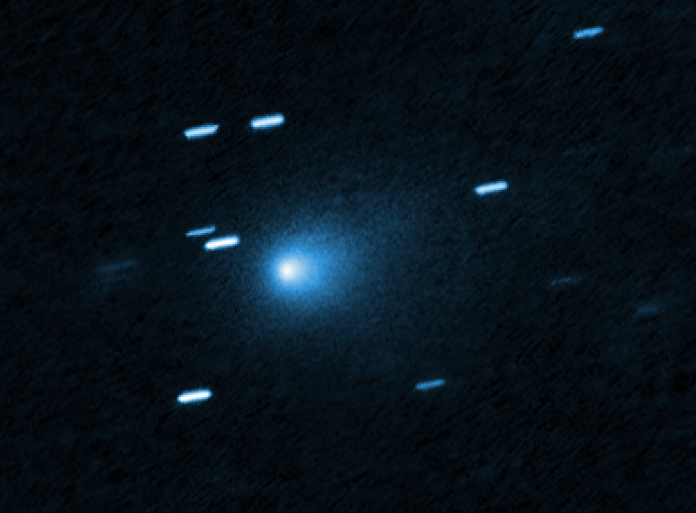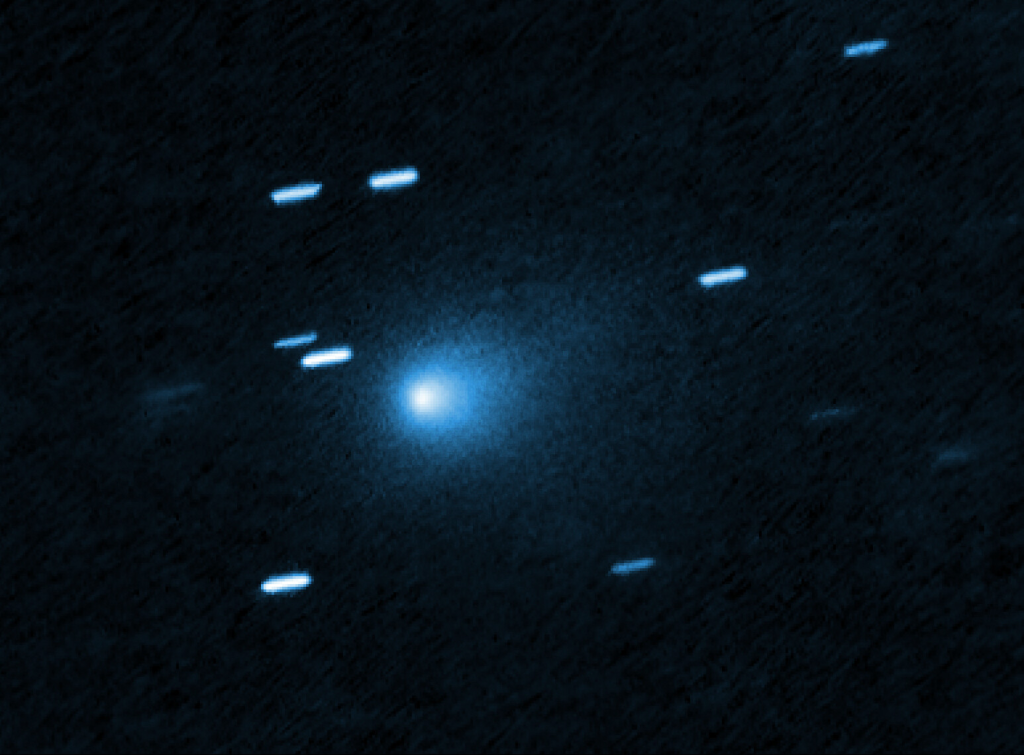
How do you study a cosmic wanderer that’s racing through the Solar System at over 200,000 km/h, vanishing behind the Sun just as it reaches peak activity? For astronomers, the answer is marshaling every available eye human and robotic across the Solar System. The newly discovered comet 3I/ATLAS, the third confirmed interstellar object ever observed, is prompting an unprecedented multi-spacecraft campaign blending planetary defence techniques with deep-space science.
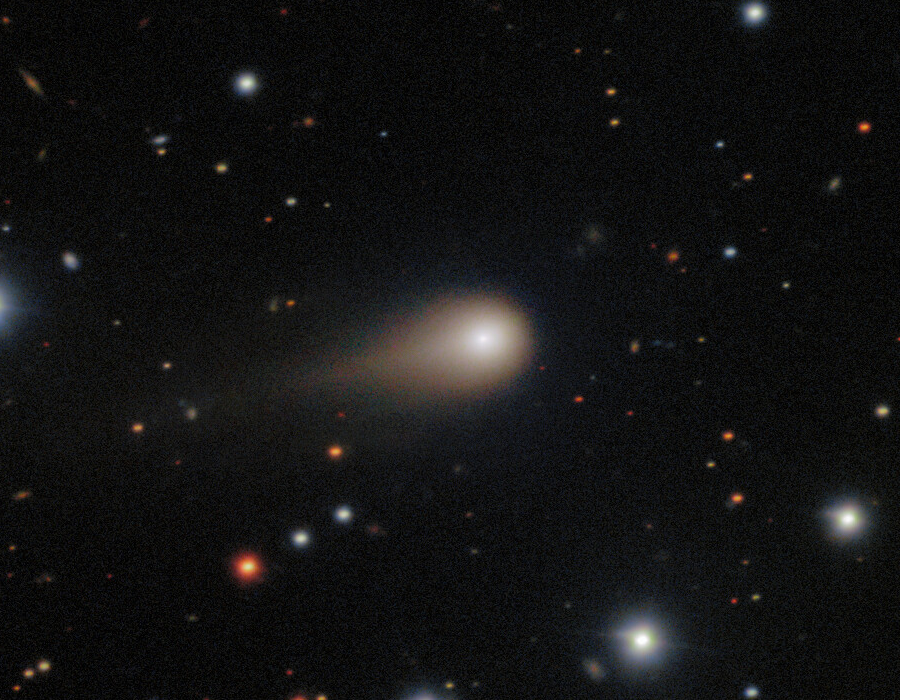
1. Discovery and Classification
An object on a highly unusual trajectory was detected from the Asteroid Terrestrial-impact Last Alert System telescope in Río Hurtado, Chile on 1 July 2025. Follow-up observations showed it was interstellar, and it was designated 3I/ATLAS where “3” stands for the third interstellar object, “I” for interstellar, and “ATLAS” for the discovery program. Its eccentricity of 6.2 puts it far beyond the bounds of Solar System orbits, ensuring it will never return once it departs.
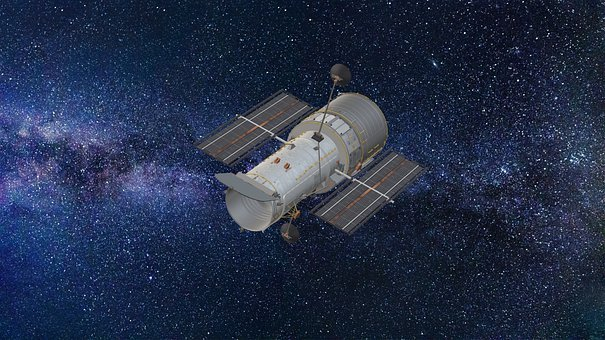
2. Physical Properties and Speed
Data from the Hubble Space Telescope put the diameter of the nucleus between 320 metres and 5.6 kilometres, though ground-based estimates suggest it may be larger. It is the fastest recorded Solar System visitor, cruising along at about 210,000 km/h; it has been accelerated by gravitational encounters over billions of years in interstellar space. “No one knows where the comet came from. It’s like glimpsing a rifle bullet for a thousandth of a second,” said David Jewitt of UCLA.
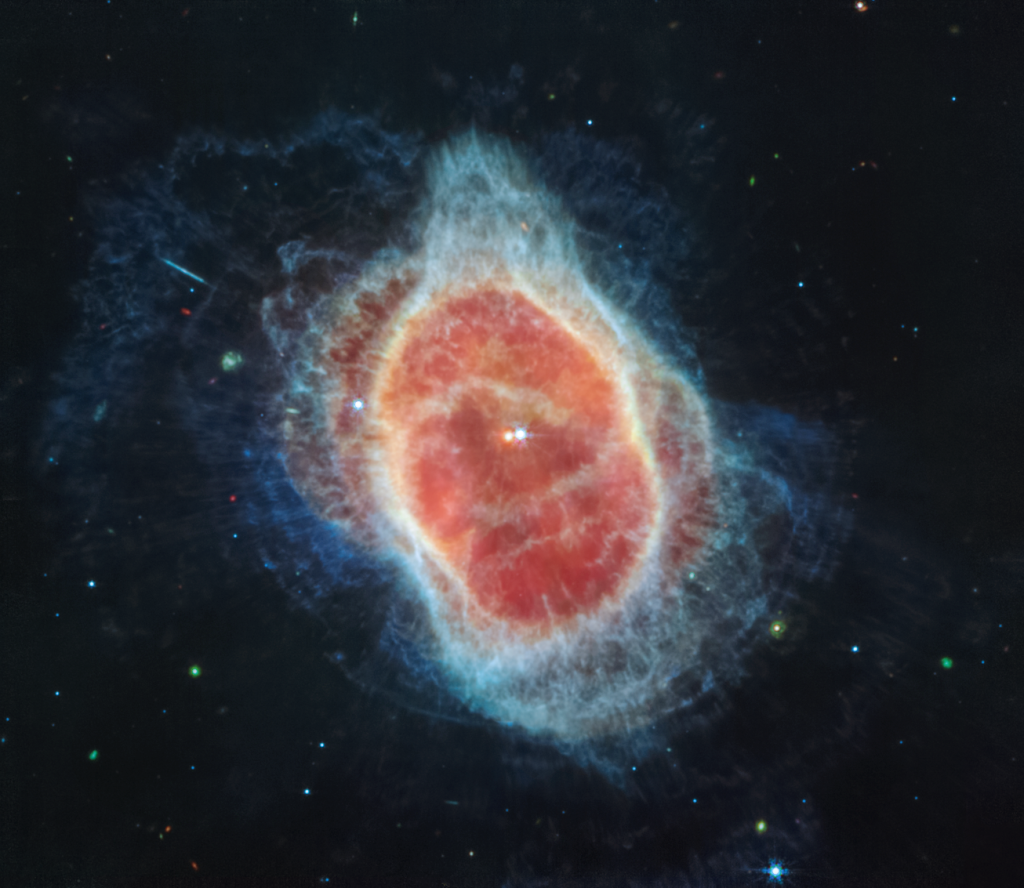
3. Chemical Signatures from Afar
Very Large Telescope spectral analysis has revealed an unexpectedly large abundance of nickel vapor 3.88 AU from the Sun, a distance at which metals should be far too cold to sublimate. This implies that the nickel atoms are bound in volatile molecules that are disintegrating due to sunlight. JWST observations detected a coma rich in carbon dioxide, carbon monoxide, water ice, and carbonyl sulfide; comparative CO₂ levels were unusually high compared with Solar System comets. Such chemistry offers clues into planetary formation processes in other star systems.
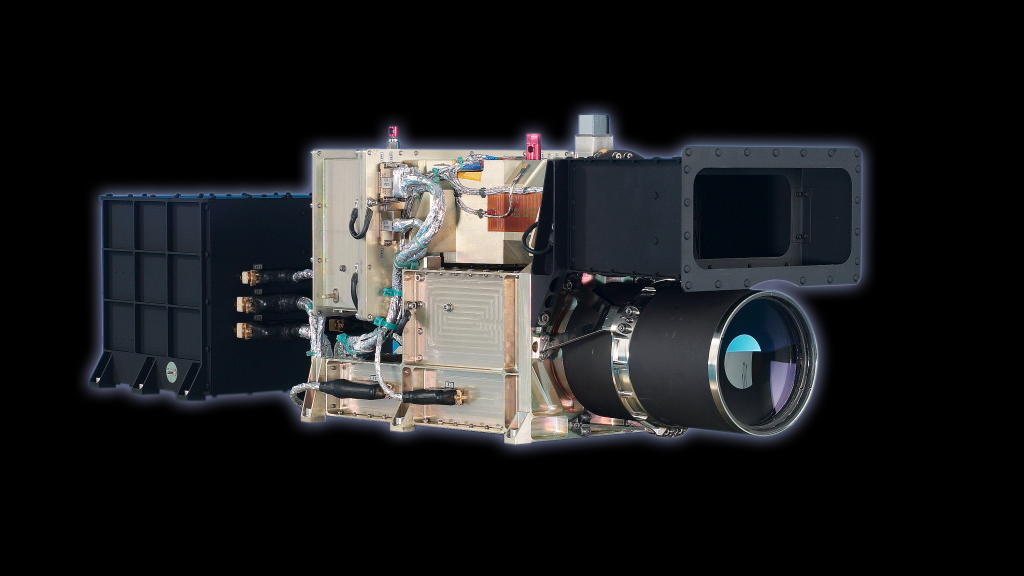
4. ESA’s Coordinated Observation Campaign
ESA is coordinating a networked observation campaign involving Mars, Jupiter, and solar missions. Spectra and images will be acquired by HRSC, CaSSIS, OMEGA, SPICAM, and NOMAD on Mars Express and ExoMars Trace Gas Orbiter during the comet’s 30 million km flyby of Mars. Although the comet will be less than a pixel in these images, measurements of gas halos and tails could provide evidence for volatile activity.
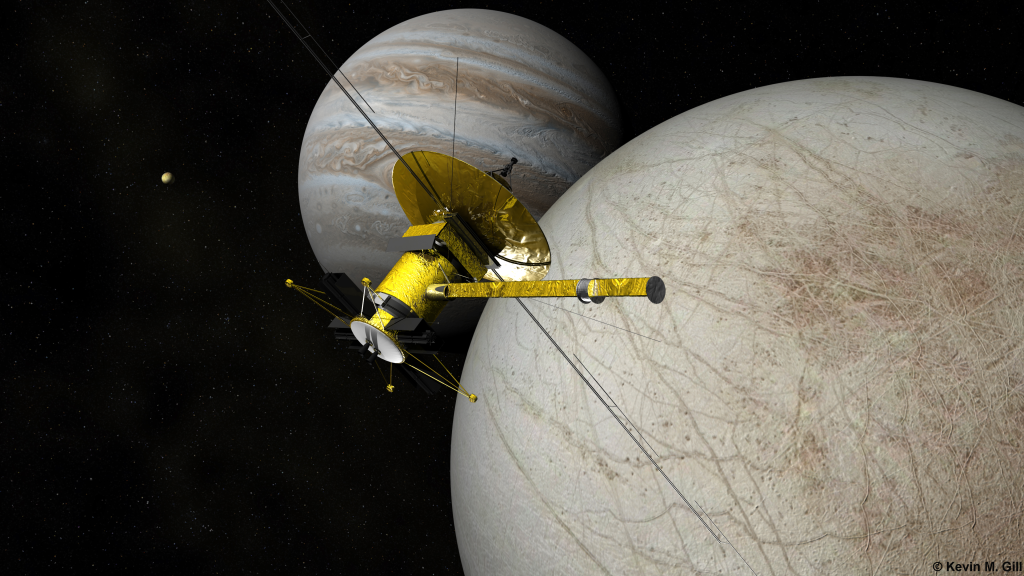
5. Jupiter-Side Perspectives
One of the best viewing platforms in November 2025 will be the Jupiter Icy Moons Explorer, Juice, that will carry cameras, near-infrared imagers, UV spectrometers, submillimeter instruments, and neutral atom sensors. Coordination with NASA’s Europa Clipper is planned using twin ultraviolet spectrographs. Juice will be behind the Sun as seen from Earth, so data will not arrive until February 2026.
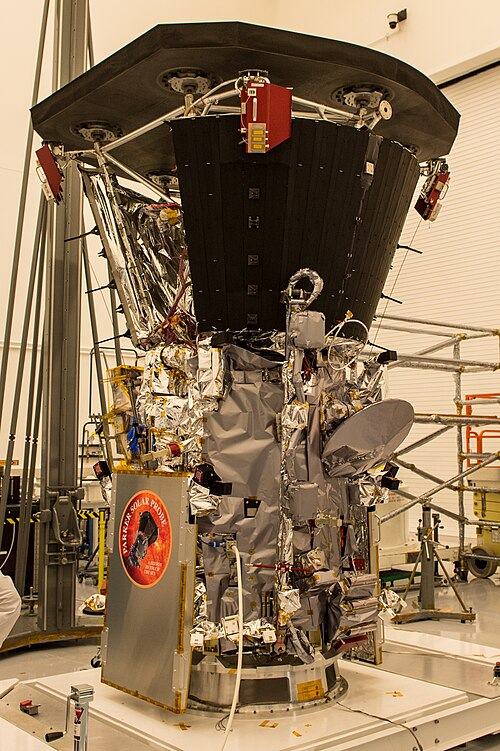
6. Solar Observation Assets
Solar-focused spacecraft such as Parker Solar Probe and STEREO-A could also detect the comet near perihelion. Parker’s WISPR imager has precedence: it imaged comet NEOWISE in 2020. SOHO will have 3I/ATLAS in its field of view, but it might be too faint to be detected.
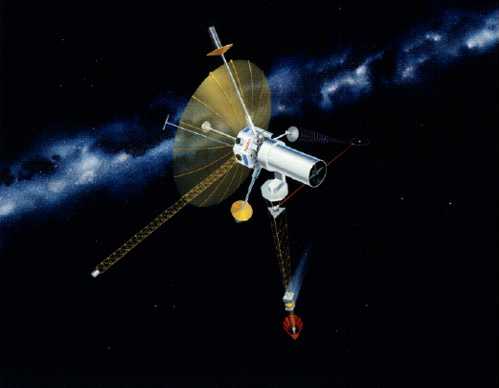
7. Planetary Defense Applications
The International Asteroid Warning Network is using 3I/ATLAS as a training target for astrometric tracking, refining methods for predicting the paths of hazardous objects. Comets are challenging targets because their brightness estimates, inextricably linked with trajectory models, are complicated by the diffuse nature of comas. The campaign tests the readiness of the world in observing and characterizing fast-moving bodies that could pose future threats.
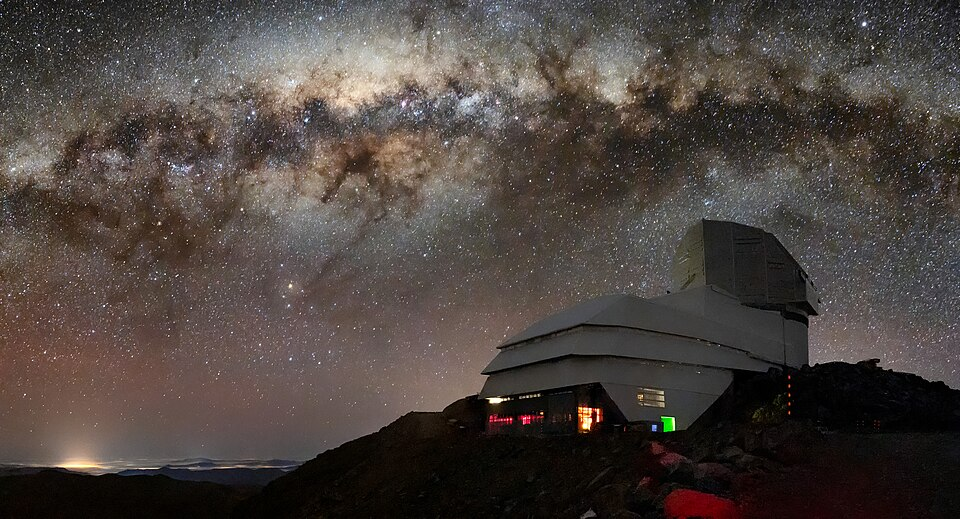
8. Mission Concepts for Future Interstellar Encounters
A concept study by Southwest Research Institute demonstrated that a high-speed flyby mission could have intercepted 3I/ATLAS and provided unprecedented data on its composition and structure. Designs such as these are viable within current launch capabilities and could become templates for future missions to interstellar objects as their detection rate increases with facilities such as the Vera C. Rubin Observatory.
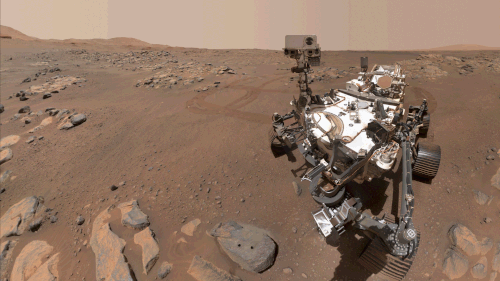
9. Observation from Mars-Based Assets
ESA’s ExoMars TGO has already imaged 3I/ATLAS as a faint dot receding from Mars. NASA’s Perseverance rover may have captured a streaking object in its sky on 4 October 2025, though official confirmation is pending. These opportunistic observations reveal how planetary missions can pivot in the study of transient phenomena.
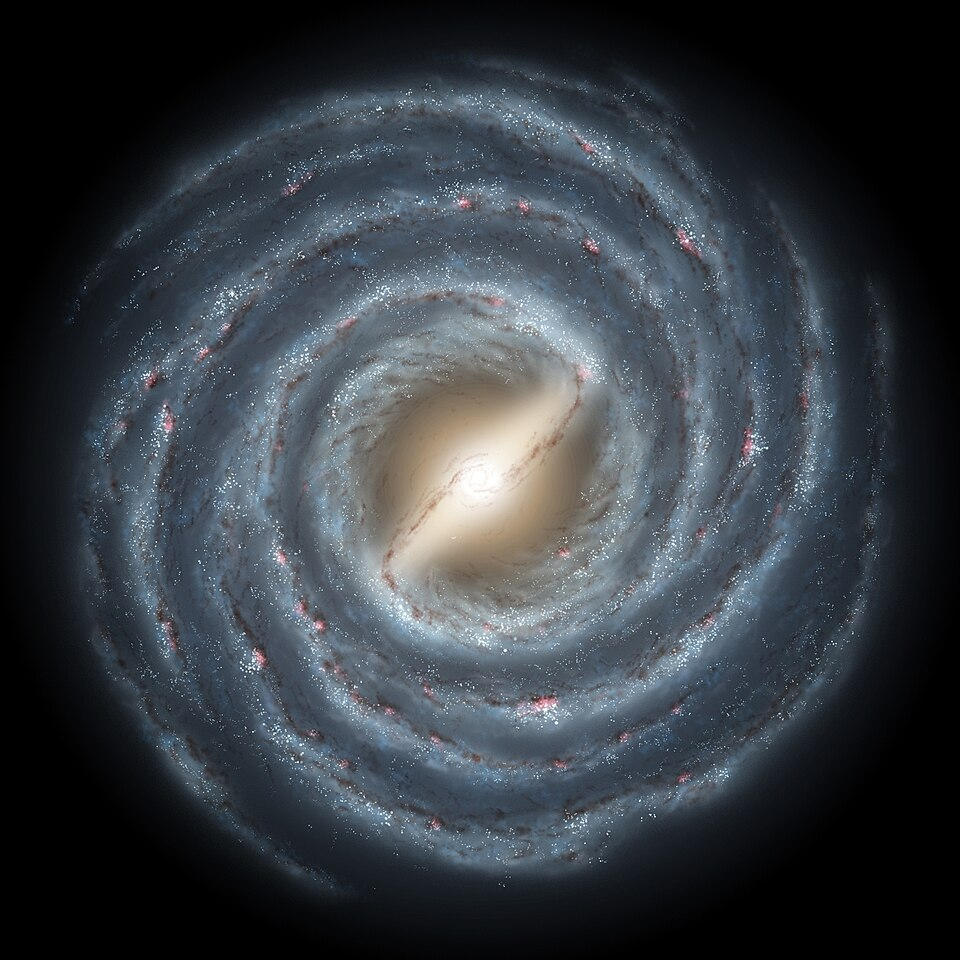
10. Scientific Significance
3I/ATLAS might be a relic from “cosmic noon” of the Milky Way, 9-13 billion years ago, when star formation peaked. Studies of its composition and activity inform whether the building blocks of planets are consistent across stellar environments or highly variable. Each interstellar comet is a time capsule from a distant, possibly long-extinct star system.
As 3I/ATLAS swings past perihelion and disappears from Earth’s view until December, the coordinated campaign across multiple worlds and spacecraft underlines a new era of distributed Solar System observation. This rare visitor is not just a scientific curiosity-it is a proving ground for the techniques that could one day protect Earth from a truly dangerous interstellar intruder.
